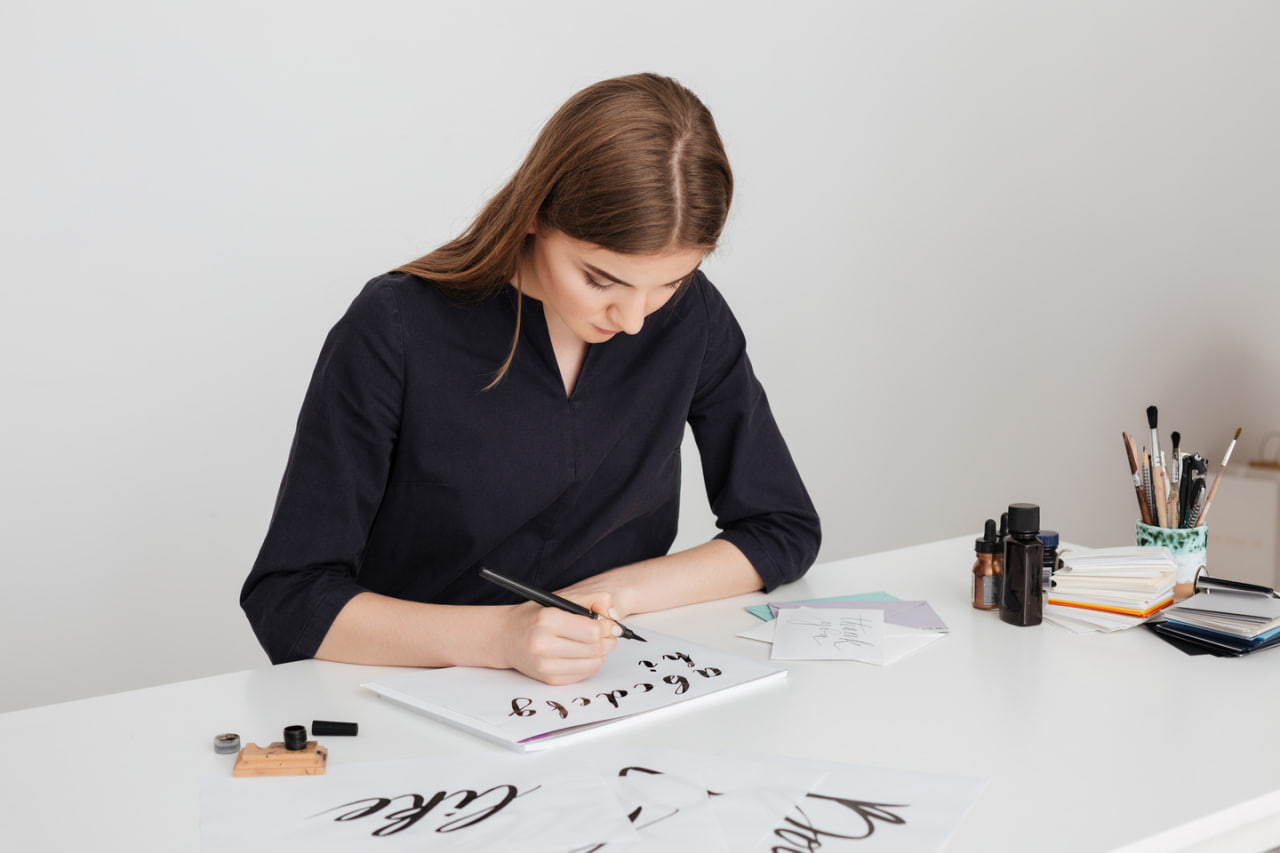The Rise of Modern Calligraphy: Why Handwriting Is Making a Creative Comeback
Rediscovering the Beauty of the Handwritten Word
In a world increasingly dominated by screens, automation, and digital communication, it might seem surprising that modern calligraphy—a centuries-old art rooted in ink and paper—is experiencing a major resurgence. From social media feeds filled with graceful letterforms to booming online calligraphy courses and personalized wedding invitations, handwritten expression is not only surviving but thriving. This renewed interest isn’t just about nostalgia; it’s a reflection of deeper cultural shifts and personal desires for creativity, mindfulness, and meaning.
What Is Modern Calligraphy?
Modern calligraphy differs from traditional forms like Gothic or Copperplate in that it embraces fluidity, individuality, and artistic freedom. While it borrows some foundational principles from classic calligraphy, modern styles are less rigid and often incorporate playful flourishes, mixed lettering styles, and a more organic flow. It’s as much an art form as it is a craft—welcoming to beginners and endlessly adaptable for experienced letterers.
Brush pens, watercolor washes, and digital styluses have become tools of choice for modern calligraphers, expanding the medium far beyond dip pens and ink bottles. With a more relaxed structure and accessible tools, modern calligraphy invites people from all walks of life to participate, whether they’re doodling in a journal or designing custom prints for sale.
Why Are People Turning Back to Handwriting?
The popularity of modern calligraphy is part of a larger movement toward slowing down and reclaiming tactile, personal experiences in a fast-paced, tech-heavy world. Writing by hand, especially in an artistic form, creates a space for focus, creativity, and emotional expression.
Many people report that calligraphy is meditative, even therapeutic. The deliberate movements required for forming each letter encourage mindfulness and presence. At a time when anxiety and burnout are on the rise, these small rituals can have a powerful impact on mental well-being.
Additionally, modern calligraphy offers a sense of accomplishment. Unlike typing or texting, where words disappear as quickly as they’re created, calligraphy produces something physical and lasting. Seeing your handwriting evolve into something beautiful over time is deeply satisfying and rewarding.
The Role of Social Media in the Calligraphy Revival
Platforms like Instagram, Pinterest, and TikTok have played a huge role in popularizing modern calligraphy. Thousands of calligraphy artists share their process videos, tutorials, and before-and-after transformations, creating a global visual library of styles and techniques. These platforms make the art form visible, accessible, and inspiring.
Hashtags like #moderncalligraphy, #brushlettering, and #calligraphypractice have created communities of learners and professionals who motivate each other, share resources, and celebrate progress. Social media has transformed calligraphy from a solitary hobby into a social and dynamic movement.
Influencers and creatives have also embraced the handwritten aesthetic in branding, packaging, and digital products. This integration into everyday visual culture has made modern calligraphy more relevant and aspirational to a wide audience.
Calligraphy in Everyday Life
Modern calligraphy is no longer confined to wedding invitations or greeting cards. Today, it’s found in planners, bullet journals, signage, home décor, branding, logos, tattoo designs, and more. People are incorporating calligraphy into their everyday routines—as a form of self-expression, a productivity tool, or even a side business.
Custom lettering adds a human, heartfelt touch that digital fonts simply can’t replicate. In a world saturated with templates and algorithms, handmade art stands out. Calligraphy creates emotional impact, whether it’s in a handwritten thank-you note or a framed quote hanging in someone’s home.
This practical and emotional value makes calligraphy more than just a decorative skill—it’s a language of care and connection.
Education and the DIY Movement
The rise of the do-it-yourself culture has contributed to the popularity of modern calligraphy. Online workshops, YouTube channels, downloadable practice sheets, and digital brush sets make it easier than ever to start learning. Unlike traditional calligraphy, which often required expensive materials and formal instruction, modern calligraphy is accessible, beginner-friendly, and affordable.
Students can now learn at their own pace, practicing during their free time, often from the comfort of their homes. The sense of personal progress, paired with a supportive online community, motivates learners to keep going and push their skills further.
As more people experience the joy of turning simple strokes into elegant compositions, the momentum continues to grow.
The Future of Modern Calligraphy
Modern calligraphy shows no signs of slowing down. As the demand for personalized, thoughtful design increases, so too does the relevance of calligraphy in both creative and commercial spaces. Brands are embracing hand lettering to create authenticity. Individuals are seeking creative outlets that don’t involve screens. And educators are finding new ways to teach calligraphy across platforms and cultures.
The art form is evolving alongside technology. From digitizing handwritten pieces to creating Procreate lettering kits, calligraphy is bridging the gap between the analog and digital worlds. This fusion allows for even more experimentation, growth, and innovation.
At its core, the calligraphy revival is about more than pretty letters. It’s about reclaiming the joy of creating by hand, expressing personality through art, and connecting with others in meaningful, human ways.

